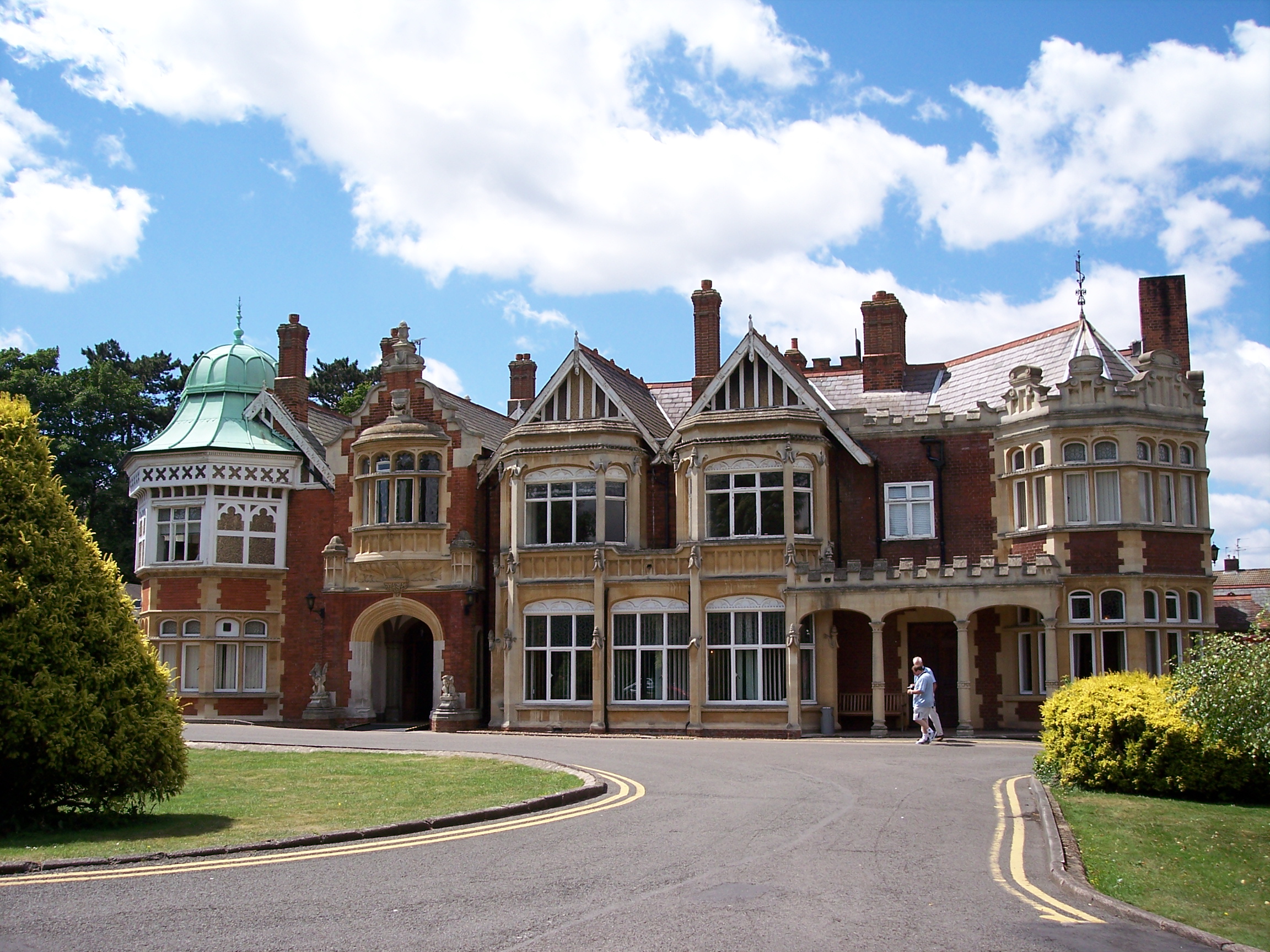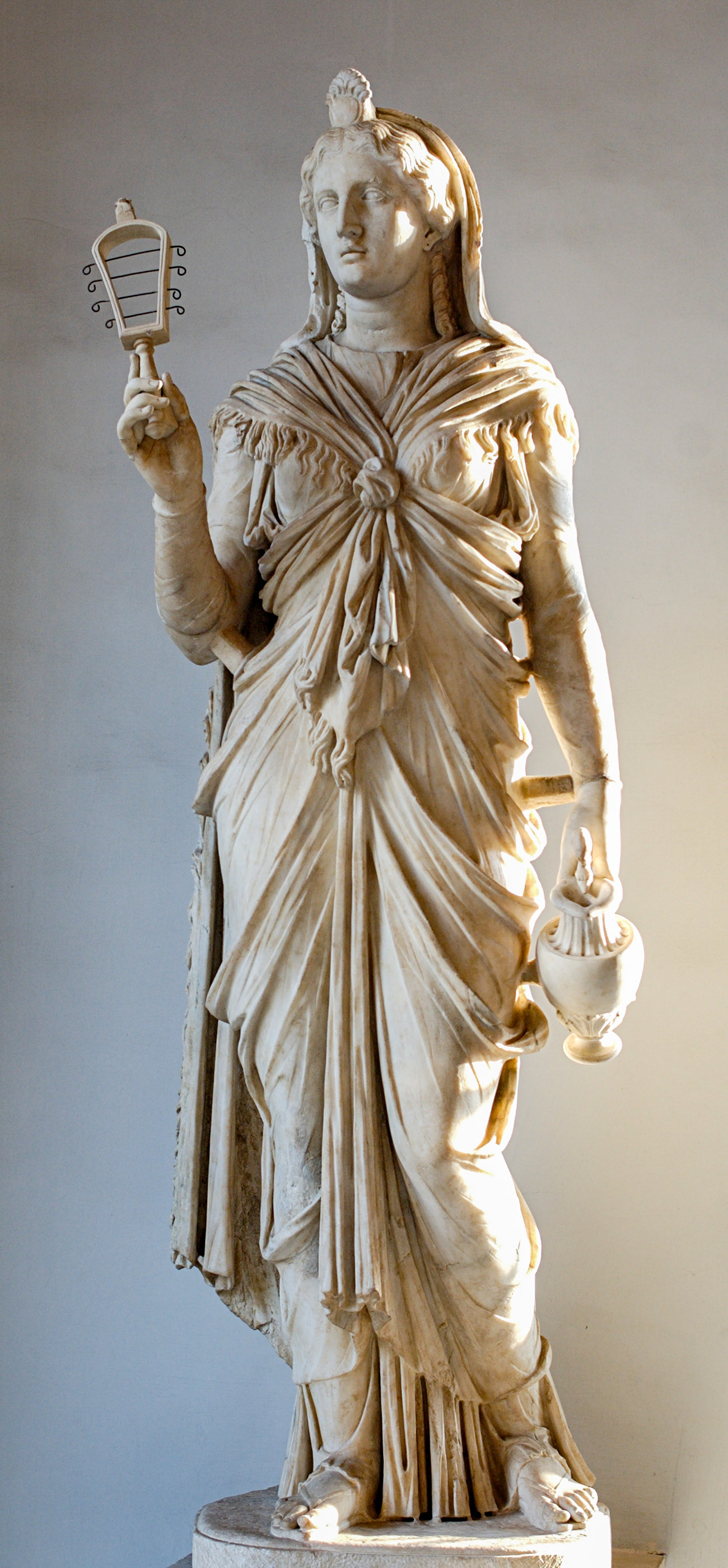|
Ali Puli
Ali Puli, also known as Alipili, is the attributed author of a number of 17th-century alchemy, alchemical and hermeticism, hermetic texts. However, his historical existence is doubtful, and A.E. Waite went as far as to describe the work attributed to him as "forgery pure and simple in respect of age and authorship [which] may be left to stand at its value in the matter of content." He is described as a Mauretanian Christianity, Christian of Asiatic extraction - also variously as an Arab (because he was said to have written in Arabic), and a Moors, Moor. Most probably, Ali Puli is the pseudonym of Johann Otto von Helwig (1654-1698), a German physician, alchemist and author. Influence The most influential work attributed to him is ''Centrum Naturae Concentratum''. This work was purported to have been written originally in Arabic, though no Arabic version is extant. It was first published in German in 1682 by Johann Otto von Helwig.Centrum naturae concentratum, oder, Ein Tractat von ... [...More Info...] [...Related Items...] OR: [Wikipedia] [Google] [Baidu] |
Mauretania
Mauretania (; ) is the Latin name for a region in the ancient Maghreb. It stretched from central present-day Algeria westwards to the Atlantic, covering northern present-day Morocco, and southward to the Atlas Mountains. Its native inhabitants, seminomadic pastoralists of Berber ancestry, were known to the Romans as the Mauri and the Masaesyli. In 25 BC, the kings of Mauretania became Roman vassals until about 44 AD, when the area was annexed to Rome and divided into two provinces: Mauretania Tingitana and Mauretania Caesariensis. Christianity spread there from the 3rd century onwards. After the Muslim Arabs subdued the region in the 7th century, Islam became the dominant religion. Moorish kingdom Mauretania existed as a tribal kingdom of the Berber Mauri people. In the early 1st century Strabo recorded ''Maûroi'' (Μαῦροι in greek) as the native name of a people opposite the Iberian Peninsula. This appellation was adopted into Latin, whereas the Greek name for t ... [...More Info...] [...Related Items...] OR: [Wikipedia] [Google] [Baidu] |
Theosophy (Blavatskian)
Theosophy is a religion established in the United States during the late 19th century. It was founded primarily by the Russian Helena Blavatsky and draws its teachings predominantly from Blavatsky's writings. Categorized by scholars of religion as both a new religious movement and as part of the occultist stream of Western esotericism, it draws upon both older European philosophies such as Neoplatonism and Asian religions such as Hinduism and Buddhism. As presented by Blavatsky, Theosophy teaches that there is an ancient and secretive brotherhood of spiritual adepts known as the Masters, who—although found around the world—are centered in Tibet. These Masters are alleged by Blavatsky to have cultivated great wisdom and supernatural powers, and Theosophists believe that it was they who initiated the modern Theosophical movement through disseminating their teachings via Blavatsky. They believe that these Masters are attempting to revive knowledge of an ancient religion once fou ... [...More Info...] [...Related Items...] OR: [Wikipedia] [Google] [Baidu] |
17th-century Occultists
The 17th century lasted from January 1, 1601 ( MDCI), to December 31, 1700 ( MDCC). It falls into the early modern period of Europe and in that continent (whose impact on the world was increasing) was characterized by the Baroque cultural movement, the latter part of the Spanish Golden Age, the Dutch Golden Age, the French ''Grand Siècle'' dominated by Louis XIV, the Scientific Revolution, the world's first public company and megacorporation known as the Dutch East India Company, and according to some historians, the General Crisis. From the mid-17th century, European politics were increasingly dominated by the Kingdom of France of Louis XIV, where royal power was solidified domestically in the civil war of the Fronde. The semi-feudal territorial French nobility was weakened and subjugated to the power of an absolute monarchy through the reinvention of the Palace of Versailles from a hunting lodge to a gilded prison, in which a greatly expanded royal court could be more easily k ... [...More Info...] [...Related Items...] OR: [Wikipedia] [Google] [Baidu] |
17th-century Alchemists
The 17th century lasted from January 1, 1601 ( MDCI), to December 31, 1700 ( MDCC). It falls into the early modern period of Europe and in that continent (whose impact on the world was increasing) was characterized by the Baroque cultural movement, the latter part of the Spanish Golden Age, the Dutch Golden Age, the French ''Grand Siècle'' dominated by Louis XIV, the Scientific Revolution, the world's first public company and megacorporation known as the Dutch East India Company, and according to some historians, the General Crisis. From the mid-17th century, European politics were increasingly dominated by the Kingdom of France of Louis XIV, where royal power was solidified domestically in the civil war of the Fronde. The semi-feudal territorial French nobility was weakened and subjugated to the power of an absolute monarchy through the reinvention of the Palace of Versailles from a hunting lodge to a gilded prison, in which a greatly expanded royal court could be more easil ... [...More Info...] [...Related Items...] OR: [Wikipedia] [Google] [Baidu] |
Doreen Valiente
Doreen Edith Dominy Valiente (4 January 1922 – 1 September 1999) was an English Wiccan who was responsible for writing much of the early religious liturgy within the tradition of Gardnerian Wicca. An author and poet, she also published five books dealing with Wicca and related esoteric subjects. Born to a middle-class family in Surrey, Valiente began practising magic while a teenager. Working as a translator at Bletchley Park during the Second World War, she also married twice in this period. Developing her interest in occultism after the war, she began practising ceremonial magic with a friend while living in Bournemouth. Learning of Wicca, in 1953 she was initiated into the Gardnerian tradition by its founder, Gerald Gardner. Soon becoming the High Priestess of Gardner's Bricket Wood coven, she helped him to produce or adapt many important scriptural texts for Wicca, such as ''The Witches Rune'' and the ''Charge of the Goddess'', which were incorporated into the early Gardn ... [...More Info...] [...Related Items...] OR: [Wikipedia] [Google] [Baidu] |
Gerald Gardner
Gerald Brosseau Gardner (13 June 1884 – 12 February 1964), also known by the craft name Scire, was an English Wiccan, as well as an author and an amateur anthropologist and archaeologist. He was instrumental in bringing the Contemporary Pagan religion of Wicca to public attention, writing some of its definitive religious texts and founding the tradition of Gardnerian Wicca. Born into an upper-middle-class family in Blundellsands, Lancashire, Gardner spent much of his childhood abroad in Madeira. In 1900, he moved to colonial Ceylon, and then in 1911 to Malaya, where he worked as a civil servant, independently developing an interest in the native peoples and writing papers and a book about their magical practices. After his retirement in 1936, he travelled to Cyprus, penning the novel ''A Goddess Arrives'' before returning to England. Settling down near the New Forest, he joined an occult group, the Rosicrucian Order Crotona Fellowship, through which he said he had encount ... [...More Info...] [...Related Items...] OR: [Wikipedia] [Google] [Baidu] |
Charge Of The Goddess
The Charge of the Goddess (or Charge of the Star Goddess) is an inspirational text often used in the neopagan religion of Wicca. The Charge of the Goddess is recited during most rituals in which the Wiccan priest/priestess is expected to represent, and/or embody, the Goddess within the sacred circle, and is often spoken by the High Priest/Priestess after the ritual of Drawing down the Moon (ritual), Drawing Down the Moon. The Charge is the promise of the Goddess (who is embodied by the high priestess) to all witches that she will teach and guide them. It has been called "perhaps the most important single theological document in the neo-Pagan movement". It is used not only in Wicca, but as part of the foundational documents of the Reclaiming (Neopaganism), Reclaiming tradition of witchcraft co-founded by Starhawk. Several versions of the Charge exist, though they all have the same basic premise, that of a set of instructions given by the Great Goddess to her worshippers. The earlies ... [...More Info...] [...Related Items...] OR: [Wikipedia] [Google] [Baidu] |
Wicca
Wicca () is a modern Pagan religion. Scholars of religion categorise it as both a new religious movement and as part of the occultist stream of Western esotericism. It was developed in England during the first half of the 20th century and was introduced to the public in 1954 by Gerald Gardner, a retired British civil servant. Wicca draws upon a diverse set of ancient pagan and 20th-century hermetic motifs for its theological structure and ritual practices. Wicca has no central authority figure. Its traditional core beliefs, principles, and practices were originally outlined in the 1940s and 1950s by Gardner and an early High Priestess, Doreen Valiente. The early practices were disseminated through published books and in secret written and oral teachings passed along to their initiates. There are many variations on the core structure, and the religion grows and evolves over time. It is divided into a number of diverse lineages, sects and denominations, referred to as ''tra ... [...More Info...] [...Related Items...] OR: [Wikipedia] [Google] [Baidu] |
Madame Blavatsky
Helena Petrovna Blavatsky, uk, Олена Петрівна Блаватська, Olena Petrivna Blavatska (; – 8 May 1891), often known as Madame Blavatsky, was a Russian mystic and author who co-founded the Theosophical Society in 1875. She gained an international following as the leading theoretician of Theosophy. Born into an aristocratic family of Russian-German descent in Yekaterinoslav, then in the Russian Empire (now Dnipro in Ukraine), Blavatsky traveled widely around the empire as a child. Largely self-educated, she developed an interest in Western esotericism during her teenage years. According to her later claims, in 1849 she embarked on a series of world travels, visiting Europe, the Americas, and India. She also claimed that during this period she encountered a group of spiritual adepts, the "Masters of the Ancient Wisdom", who sent her to Shigatse, Tibet, where they trained her to develop a deeper understanding of the synthesis of religion, philosophy, an ... [...More Info...] [...Related Items...] OR: [Wikipedia] [Google] [Baidu] |
Edmund Brice
Edmund Brice (fl. 1648–1696) was an English translator and schoolmaster. Life Brice, whose dates of birth and death are unknown, became a member of Jesus College, Oxford on or before 27 October 1648, matriculating on 12 March 1649 and obtaining his B.A. degree on 12 July 1650. He was then appointed a Fellow of All Souls College, Oxford, retaining his fellowship until about December 1660. It was reported that, during the time when he was a fellow of All Souls, he heard a sermon "preached in great Power" by John Pordage, rector of Bradfield, Berkshire. Brice and his companion went to discuss matters with Pordage, and joined his Behmenist group, although it is unclear how long he spent with the group. He was licensed to instruct boys in the diocese of London in Latin grammar on 24 April 1669, having subscribed to the Thirty-Nine Articles. He also translated from the Latin Theodore Mundanus's response to Edmund Dickinson "concerning the Quintessence of the Philosophers" (16 ... [...More Info...] [...Related Items...] OR: [Wikipedia] [Google] [Baidu] |
Hermeticism
Hermeticism, or Hermetism, is a philosophical system that is primarily based on the purported teachings of Hermes Trismegistus (a legendary Hellenistic combination of the Greek god Hermes and the Egyptian god Thoth). These teachings are contained in the various writings attributed to Hermes (the ''Hermetica''), which were produced over a period spanning many centuries (), and may be very different in content and scope. One of the most common uses of the label is to refer to the religio-philosophical system propounded by a specific subgroup of Hermetic writings known as the 'philosophical' ''Hermetica'', the most famous of which is the '' Corpus Hermeticum'' (a collection of seventeen Greek Hermetic treatises written between c. 100 and c. 300 CE). This specific, historical form of Hermetic philosophy is sometimes more restrictively called Hermetism, to distinguish it from the philosophies inspired by the many Hermetic writings of a completely different period and nature. A more ... [...More Info...] [...Related Items...] OR: [Wikipedia] [Google] [Baidu] |
Moors
The term Moor, derived from the ancient Mauri, is an exonym first used by Christian Europeans to designate the Muslim inhabitants of the Maghreb, the Iberian Peninsula, Sicily and Malta during the Middle Ages. Moors are not a distinct or self-defined people. The 1911 ''Encyclopædia Britannica'' observed that the term had "no real ethnological value." Europeans of the Middle Ages and the early modern period variously applied the name to Arabs and North African Berbers, as well as Muslim Europeans. The term has also been used in Europe in a broader, somewhat derogatory sense to refer to Muslims in general,Menocal, María Rosa (2002). ''Ornament of the World: How Muslims, Jews and Christians Created a Culture of Tolerance in Medieval Spain''. Little, Brown, & Co. , p. 241 especially those of Arab or Berber descent, whether living in Spain or North Africa. During the colonial era, the Portuguese introduced the names " Ceylon Moors" and "Indian Moors" in South Asia and Sri ... [...More Info...] [...Related Items...] OR: [Wikipedia] [Google] [Baidu] |








